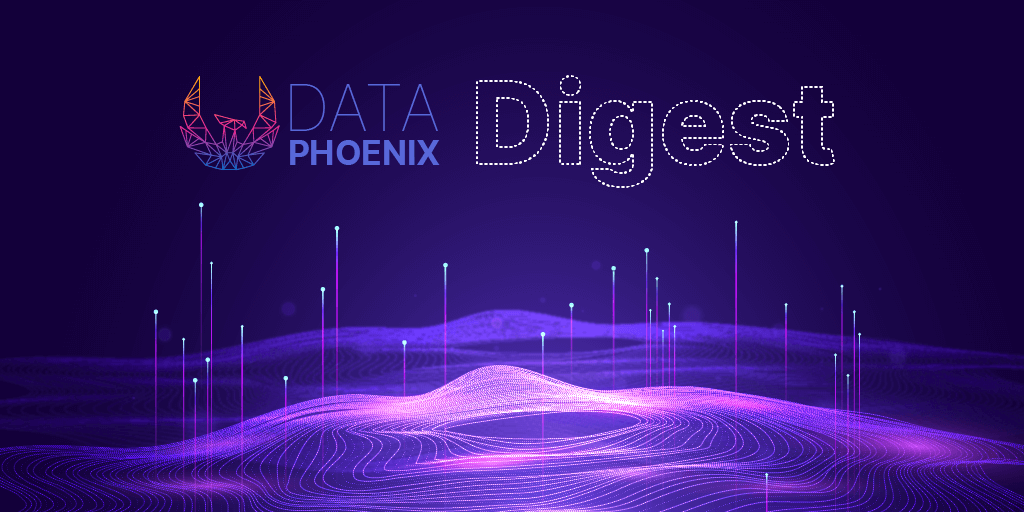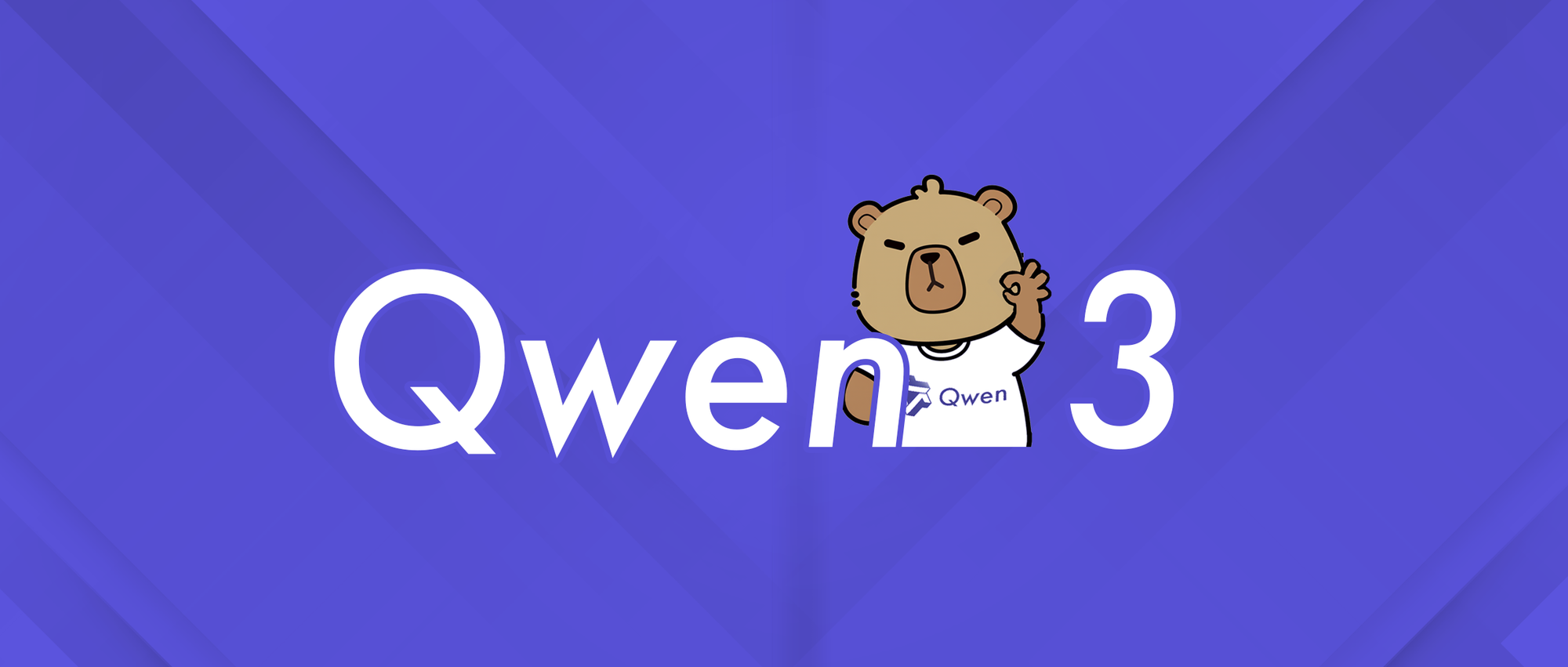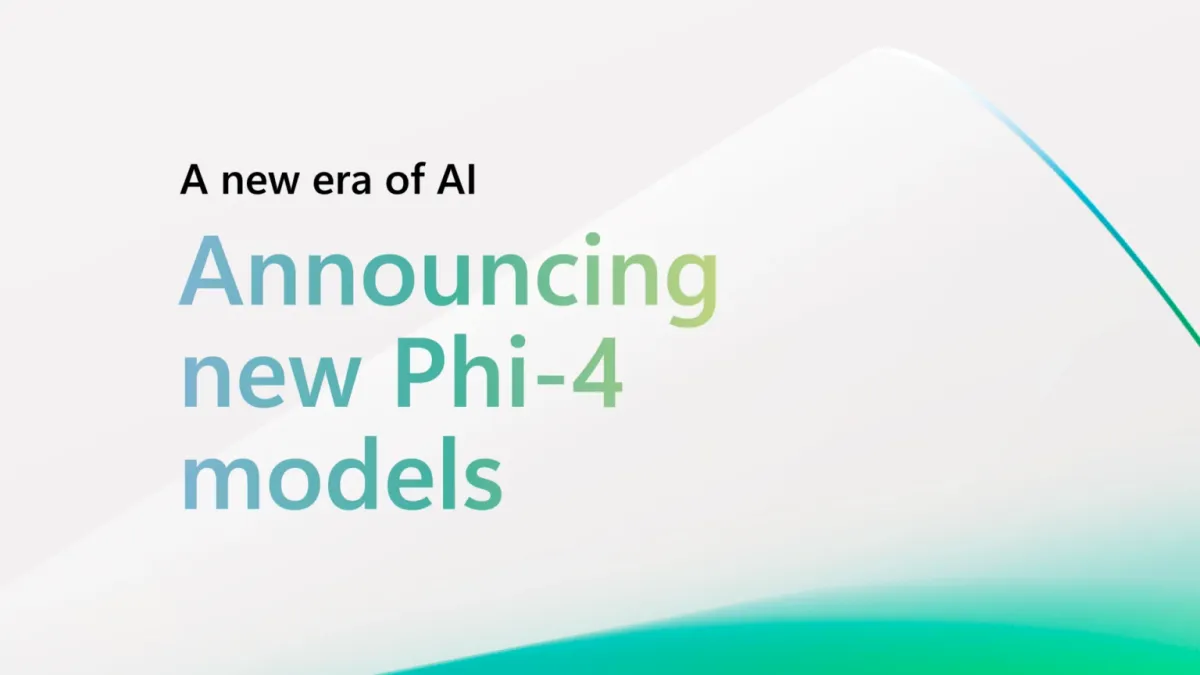This is the most magical period of the year. So, even if you are a hardcore science guy, let’s give each other a chance to believe in something special! Data Phoenix team wishes you health, peace, love, and joy this holiday season and throughout 2022. We appreciate every single one of you and we hope that in 2022 we would expand our family of data enthusiasts even more.
For details and terms, contact us at editor@dataphoenix.info
ARTICLES
5 Anomaly Detection Algorithms Every Data Scientist Should Know
There are many reasons for anomalies to occur in your dataset. In this article, you’ll find an overview and a comparison of the best anomaly detection algorithms for outlier detection.
Speech Recognition in Real-Time Using Python
In this post, you’ll find a step-by-step guide explaining how to convert your speech to text in real-time using Python. Let’s learn more about live transcription together!
Unsupervised Anomaly Detection in Python
Why’s it so important for data scientists to master anomaly detection? Check out this beginner’s guide to learn all the ins and outs of unsupervised anomaly detection.
Eight “No-Code” Features In Python
In Python, you can enable complex features without having to write scrolls of code. Some of the features can be “no-code” at all. Dig in to learn about eight of these!
Application of Differentiations in Neural Networks
In this tutorial, you’ll learn about a total differential and total derivative, about the ways of computing the total derivatives, and how back-propagation can help you do it.
GAN Training Challenges: DCGAN for Color Images
In this tutorial, you’ll learn how to train a DCGAN to generate fashion images in color, including the challenges and techniques to address them, and GAN evaluation metrics through training.
Fast Neural Network Training with Distributed Training and Google TPUs
In the article, you’ll learn about different hardware used for deep learning, the ways of building an efficient data pipeline, and enabling and distributing the training process.
PAPERS
Player of Games
Player of Games is the first algorithm to achieve strong empirical performance in large perfect and imperfect information games. It reaches strong performance in various games, from Go to poker.
SeqFormer: a Frustratingly Simple Model for Video Instance Segmentation
SeqFormer is a simple model for video instance segmentation designed to follow the principle of vision transformer that models instance relationships among video frames.
High-Dimensional Bayesian Optimization with Variational Autoencoders and Deep Metric Learning
Antoine Grosnit et at. introduce a method combining variational autoencoders and deep metric learning to perform Bayesian optimization over high-dimensional and structured input spaces.
GAN-Supervised Dense Visual Alignment
In this paper, the authors propose GAN-Supervised Learning, which is a framework for learning discriminative models and their GAN-generated training data jointly end-to-end.
ICON: Implicit Clothed Humans Obtained from Normals
ICON (Implicit Clothed Humans Obtained from Normals) is a new method of generating the avatar from only 2D images of people in unconstrained poses. It relies on local features only.
Tackling the Generative Learning Trilemma with Denoising Diffusion GANs
The authors present denoising diffusion GANs that can obtain sample quality and diversity competitive with original diffusion models while being 2000× faster on the CIFAR-10 dataset.
Resolution-Robust Large Mask Inpainting with Fourier Convolutions
The research team presents a new method called large mask inpainting that solves the problem of the lack of an effective receptive field in both the inpainting network and the loss function.
VIDEOS
NeRF: Representing Scenes as Neural Radiance Fields for View Synthesis
View Synthesis is a tricky problem. Learn how NeRF embeds an entire scene into the weights of a feedforward neural network to achieve state-of-the-art view synthesis.
JOBS
- Machine Learning Architect - SoftServe (Odesa, Kyiv, Lviv...)
- Computer Vision Engineer - YouScan (Kyiv)
- ML/CV Engineer - Samsung R&D Institute Ukraine (Kyiv)
- Middle+/Senior Data scientist - Autodoc (Odesa, Kyiv, Remote...)
- Senior Data Scientist - Capgemini Engineering (Odesa, Kyiv, Remote...)
Looking to feature your open positions in the digest? Kindly reach out to us at editor@dataphoenix.info for details. We'll be proud to help your business thrive!






Comments